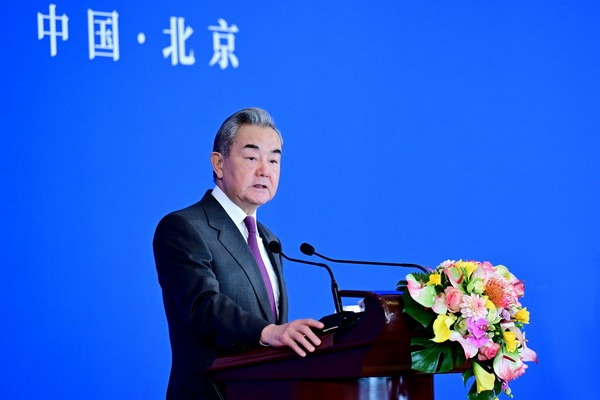Filipinos cheer lifting of travel ban, but ASEAN braces for virus impact


Realizza Otarra, a domestic worker in Hong Kong, is thankful that the Philippine government has finally lifted the temporary travel ban on travelers to and from the Chinese mainland, and the two special administrative regions of Hong Kong and Macao.
However, the chairwoman of the Filipino Migrant Workers Union remains anxious about the fate of migrant workers who lost their jobs because of the ban.
The travel ban, which took effect on Feb 2, was meant to control the spread of the novel coronavirus outbreak, or COVID-19. But not only did it bar the entry of tourists from China, it also prohibited Filipinos-even those with valid work permits overseas-from traveling to the Chinese mainland and Hong Kong and Macao.
The ban was lifted last week in response to appeals by migrant groups. However, Otarra said the damage had been done, including contracts being terminated, income being lost and many people suffering emotional stress.
"If they lose their jobs, can the Philippine government provide them with another source of income?" she said.
Sporadic panic buying of toilet rolls and facial masks soon passed, but a dent on Southeast Asian economies emerges as the region is highly dependent on Chinese tourism and trade.
Six Southeast Asian countries-Cambodia, Malaysia, the Philippines, Singapore, Thailand and Vietnam-had reported more than 170 confirmed COVID-19 cases by Feb 23.
Capital Economics based in London forecast slower growth this year for emerging Asian economies including Malaysia, Thailand and Vietnam.
Siriwan Chutikamoltham, senior lecturer and academic director at the Nanyang Business School of Nanyang Technological University in Singapore, said slower ASEAN economic growth is because "China is the single most important trade partner of ASEAN".
China is the main market for ASEAN's tourism sector, she said. The absence of Chinese tourists will not only affect the tourism but other industries as well.
"When businesses in tourism, hospitality and retailing suffer, they would also cut their hiring and business spending. Other related businesses, such as transportation and services, will see less revenue as well."
She cited Singapore, a global tourism and business center, which has reported the highest number of confirmed COVID-19 cases in ASEAN. By Saturday its Ministry of Health had confirmed 89 cases in total, with 49 people discharged after recovering.
Citing data from the Singapore Tourism Board, Siriwan said visitors from the Chinese mainland produced S$897 million ($641 million) of revenue in the first half of last year.
Close connections
"Assuming they are spending at the same rate, a potential loss of about S$448.5 million is a reasonable estimate for a three-month disruption (due to the virus)."
The global financial information services provider Fitch Solutions said Cambodia and Thailand will be most hard hit as the tourism sector of the two countries remains highly dependent on the Chinese market.
The outbreak will also have an impact on logistics and manufacturing industries given the close connections between ASEAN and China.
"Factories will also be affected," said Oh Ei Sun, senior fellow at the think tank Singapore Institute of International Affairs.
ASEAN countries and China depend on the same manufacturing supply chains, Oh said. As such, the regional economy "is likely to see a slight dip due to the outbreak".
Siriwan said she expects investment inflows to slow, given that China is also among the top foreign investors in ASEAN. "A slowdown in China would impact FDI in the region and eventually employment generation and GDP growth," she said.
Kelly Yang in Hong Kong contributed to this story.

































